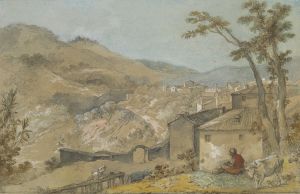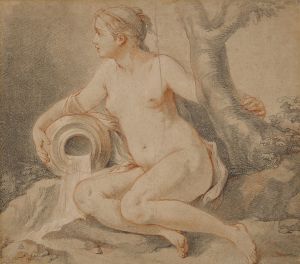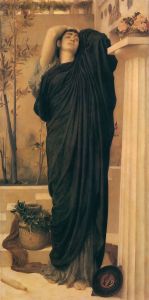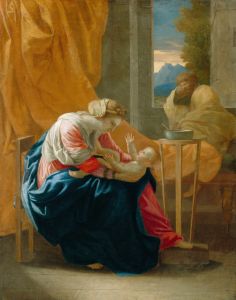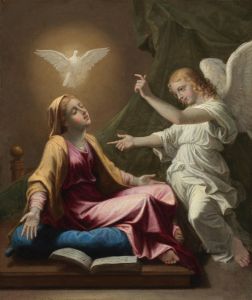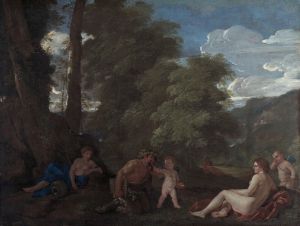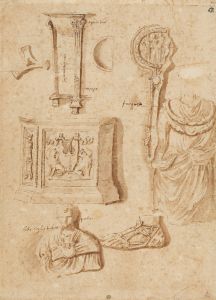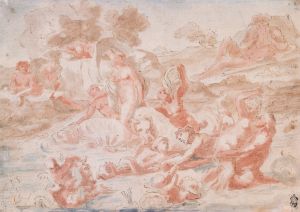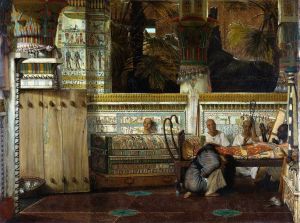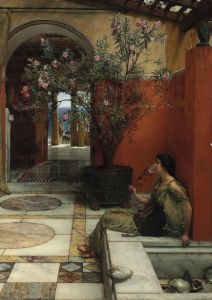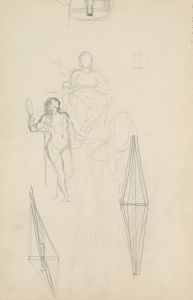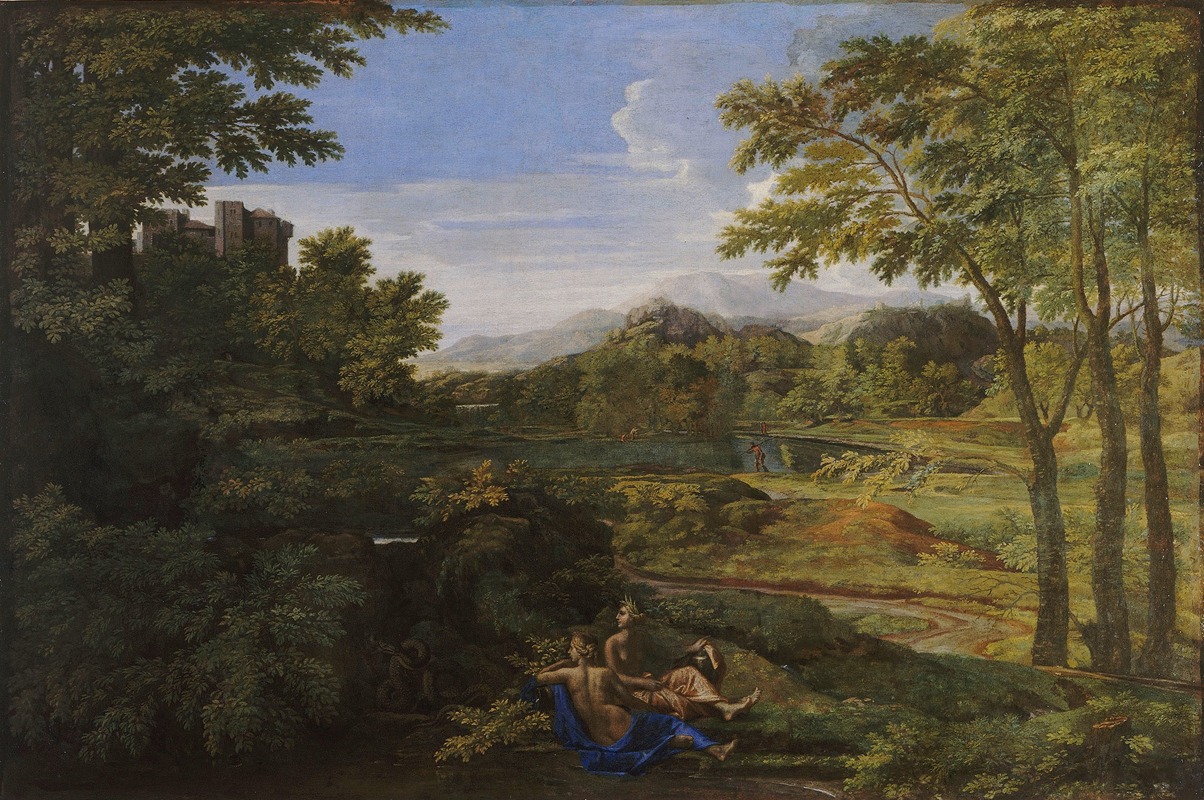
Paysage avec deux nymphes et un serpent
A hand-painted replica of Nicolas Poussin’s masterpiece Paysage avec deux nymphes et un serpent, meticulously crafted by professional artists to capture the true essence of the original. Each piece is created with museum-quality canvas and rare mineral pigments, carefully painted by experienced artists with delicate brushstrokes and rich, layered colors to perfectly recreate the texture of the original artwork. Unlike machine-printed reproductions, this hand-painted version brings the painting to life, infused with the artist’s emotions and skill in every stroke. Whether for personal collection or home decoration, it instantly elevates the artistic atmosphere of any space.
Nicolas Poussin, a prominent French painter of the 17th century, is renowned for his classical style and profound influence on the development of French art. One of his works, "Paysage avec deux nymphes et un serpent" (Landscape with Two Nymphs and a Serpent), exemplifies his mastery in combining mythological themes with landscape painting.
Poussin was born in 1594 in Les Andelys, Normandy, and spent a significant portion of his career in Rome, where he was deeply influenced by the works of the Renaissance masters and the classical antiquities. His paintings often reflect a harmonious blend of human figures and nature, imbued with a sense of order and clarity that became a hallmark of his style.
"Paysage avec deux nymphes et un serpent" is a testament to Poussin's ability to integrate figures into a natural setting seamlessly. The painting depicts two nymphs, mythical female spirits of nature, who are often associated with particular locations or landforms. In this work, the nymphs are portrayed in a serene landscape, which is typical of Poussin's approach to incorporating classical mythology into his art.
The presence of the serpent in the painting adds an element of intrigue and symbolism. In classical mythology, serpents can represent various concepts, including danger, temptation, or transformation. Poussin's inclusion of a serpent alongside the nymphs might suggest a narrative or allegorical meaning, although the specific interpretation can vary.
Poussin's landscapes are characterized by their structured composition and the use of light to create depth and atmosphere. In "Paysage avec deux nymphes et un serpent," the landscape is not merely a backdrop but an integral part of the narrative, reflecting the artist's belief in the unity of nature and human experience. The careful arrangement of trees, water, and sky demonstrates Poussin's skill in creating a balanced and harmonious scene.
Throughout his career, Poussin was known for his intellectual approach to painting, often drawing inspiration from literature, history, and philosophy. His works are marked by a sense of timelessness and universality, appealing to the viewer's intellect and emotions. "Paysage avec deux nymphes et un serpent" is no exception, as it invites contemplation of the relationship between humans and nature, as well as the underlying themes of mythology.
Poussin's influence on later artists, particularly in the realm of landscape painting, is significant. His emphasis on clarity, order, and classical themes set a standard for future generations of painters, particularly in France. The classical landscape tradition that Poussin helped to establish continued to inspire artists well into the 19th century and beyond.
In summary, "Paysage avec deux nymphes et un serpent" by Nicolas Poussin is a work that encapsulates the artist's dedication to classical themes and his ability to create a harmonious blend of figures and landscape. Through this painting, Poussin not only showcases his technical skill but also his deep engagement with the intellectual and cultural currents of his time.





